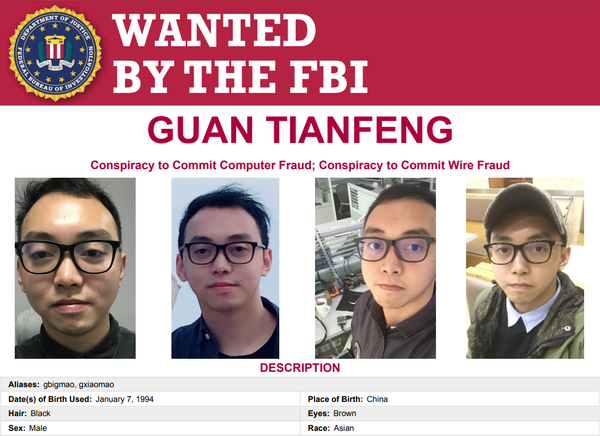Best Infosec-Related Long Reads for the Week of 3/30/24

Online vigilante P4x unmasked, Deconstructing the TikTok whistleblower's claims, Facial recognition deanonymizes protestors, The public accepts targeted facial recognition, The long-gone days of floppy disks




